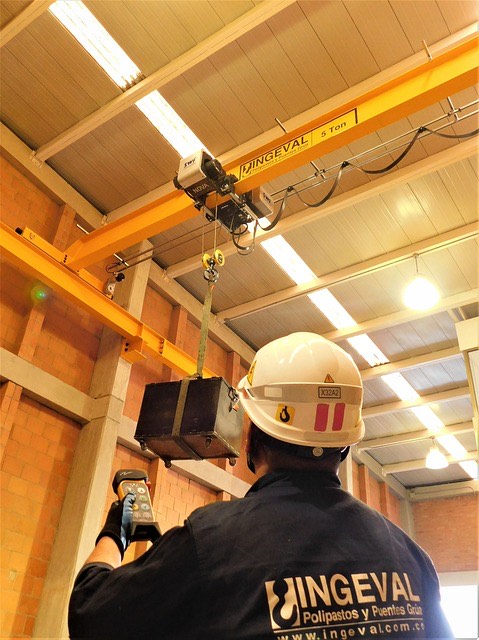The Top 3 Challenges in Overhead Crane Operations

Cranes that are installed on the ceilings are vital pieces of equipment in the field of heavy industry and manufacturing because they make it possible to lift and transport huge loads with greater accuracy and throughput. Within factories, warehouses, and construction sites, these towering mechanical marvels have completely transformed the way in which you treat resources and products.
The operation of these cranes, however, comes with its own unique set of problems that operators and organizations need to manage. This is true of any complicated apparatus. In this article, you will investigate the top three difficulties that are encountered in the operation of Cranes and investigate potential strategies to circumvent these difficulties.
Acquiring Knowledge About the Operations of Cranes
Before delving into the difficulties, it is necessary to have a fundamental comprehension of the procedure that is followed when operating cranes. Large machines that have a horizontal beam (bridge) that spans the workstation are sometimes referred to as cranes. Other names for these cranes are bridge cranes and gantry cranes. Because they are able to move loads in both the vertical and horizontal planes and because they come with a hoist, they are an excellent choice for activities that demand the exact placing of big objects.
Assurances Of Safety
In every industrial environment, safety is of the utmost importance, and operations involving these cranes are not an exception. Protecting costly equipment and supplies, as well as safeguarding the safety of individuals who are working in close proximity to the crane, is the first and most critical obstacle that must be overcome. In the event of an accident involving a crane, the potential for severe injuries, fatalities, and large financial losses occurs.
Companies can make it a priority to provide extensive training programs for crane operators and other employees who work in close proximity to the crane in order to overcome this difficulty. When receiving the appropriate training, it is necessary to have an awareness of crane controls, load capacity, load stability, and emergency protocols. Additionally, safety audits and inspections must be carried out on a regular basis in order to detect and address any potential concerns.
Repairs And Periods Of Inactivity
In order to ensure that they are operating at their full potential, these cranes, like any other mechanical equipment, require routine maintenance. The difficulty lies in striking a balance between the obligation to perform maintenance and the requirement to maintain continuous operations. It can be expensive to have downtime, which can affect production schedules and profitability.
The implementation of a preventative maintenance program for cranes is something that companies can do in order to lessen the impact of this difficulty. It is possible to avoid unanticipated breakdowns by performing routine inspections, lubricating, and replacing components that have become worn out. In addition, having spare parts readily available can help reduce downtime because repairs can be made more quickly after they are needed.
Competence Of The Operator
It takes a certain level of experience and competence to operate an overhead crane. Accidents, damage to commodities, and inefficiencies in the operations of material handling can occur when operators do not have sufficient amount of knowledge. Locating qualified crane operators can be a task in and of itself sometimes.
It is recommended that businesses make investments in training and certification programs for their crane operators in order to address this difficulty. Not only can these programs cover the fundamentals of operating a crane, but they can also cover more sophisticated approaches for handling that are both precise and safe. Providing operators with opportunities for ongoing education and the development of their skills can result in a workforce that is both more efficient and more dependable.
Conclusion
The operation of cranes is very important to the success of many different businesses; nonetheless, these activities come with their fair share of difficulties. Among the most major challenges that companies must contend with, three of the most significant obstacles are operator expertise, maintenance and downtime, and safety concerns. However, these issues can be effectively controlled by the use of a proactive approach, which includes extensive training, preventative maintenance, and operator certification. This will ensure that crane operations are carried out in a manner that is both safe and efficient.